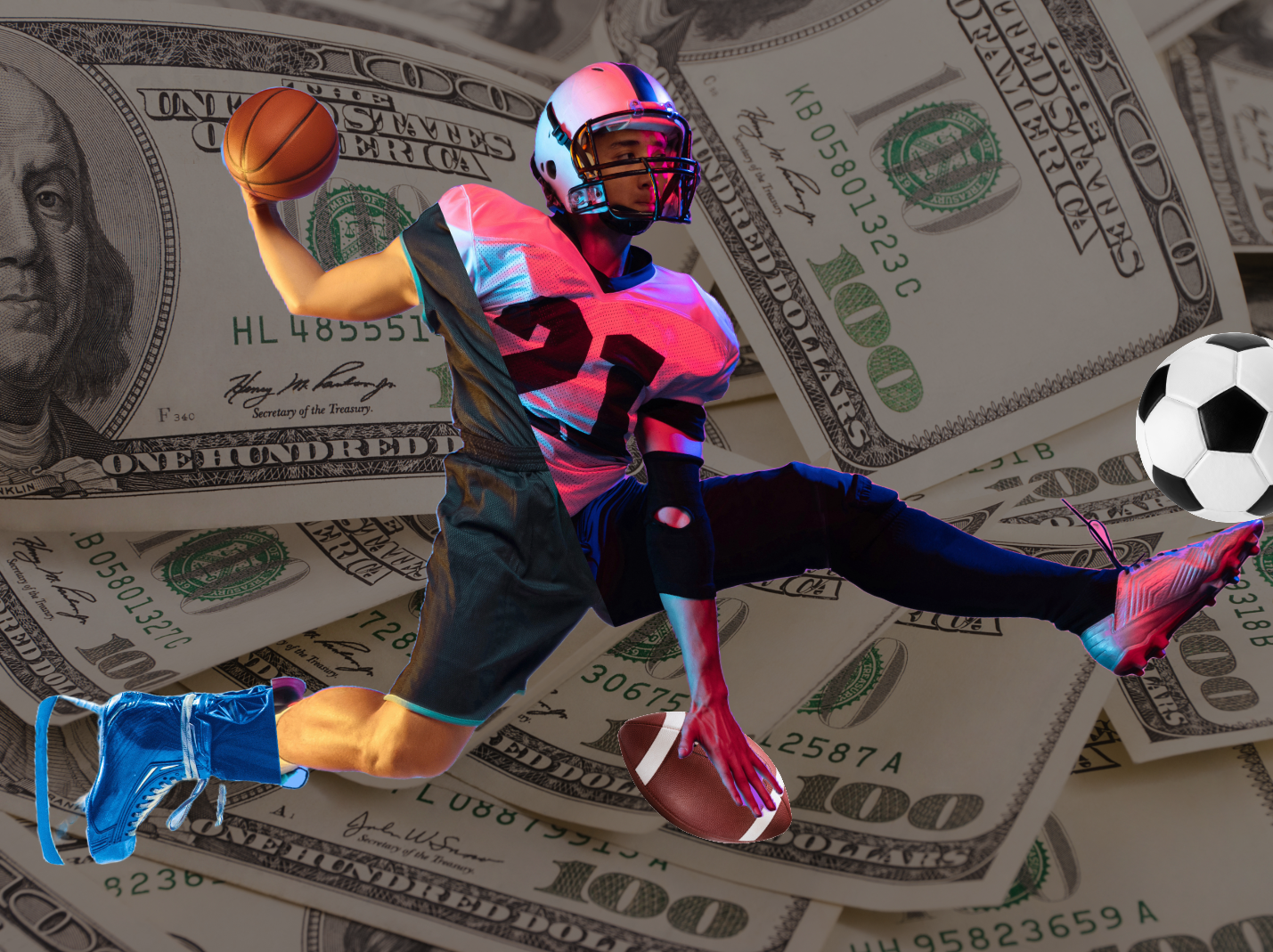
In recent years, intercollegiate college athletics has become an expensive activity for many American colleges and universities. Even at 68 Power Five Conference schools whose teams generate significant football and basketball income, very few typically even claim to make a profit, and that is using accounting procedures that, if followed by Fortune 500 companies, would lead to some facing jail sentences.
It is usually implicitly assumed, for example, that stadiums and basketball palaces are providentially provided by God—via alumni and other donor servants—and thus are immune from requiring setting aside funds for building depreciation. Schools with lesser athletic prowess sometimes have athletic losses of $20 million annually or even more.
But things will likely worsen for universities, although there will be winners and losers.
The big winners: student-athletes, who will start to be meaningfully compensated for their labor services. Big losers: universities and athletic department employees, especially coaches. When Alabama football coach Nick Saban wisely retired last year, he was making about $10 million annually; I would not be surprised if the coach of the Crimson Tide a decade from now will be making only a paltry $2 or $3 million—in today’s dollars—barely twice the salary of his boss—the University President—instead of 10-15 times as much. Horrors: university presidents might start making more than offensive or defensive coordinators at big-time college football powers!
Until recently, a star college quarterback might earn $40,000 to $100,000 in annual benefits from his school—free tuition, room, board, and a modest cash supplement—while the head coach made $3-5 million. By contrast, in the National Football League, the quarterback might make $6 to $20 million a year while the head coach would make much less, maybe $4-5 million. This youthful exploitation has been recently severely diminished, largely by the courts on the grounds it is illegal, a violation of antitrust and other federal laws.
First came Name, Image, and Likeness (NIL) rights given to athletes. Newspaper reports indicate that in the last year, Ohio State’s roughly 85 football players earned $20 million in NIL income, on average, almost $250,000. When a sweatshirt sold with their name on it, they made money. Then, in April, the Five Power Conferences—one has since disappeared—agreed to pay $2.7 billion over the next decade in unanticipated deferred compensation to a few thousand highly successful athletes. I calculate that will cost each school, on average, about $4 million annually for the next decade. But the deal also calls for these schools collectively to pay, on average, about $20 million annually in compensation to the athletes. Pay for play is here.
There’s more.
The conferences to which the most successful schools belong have gone on a costly expansion spree. For example, the Big Ten, initially ten midwestern universities, now has schools located on the East Coast—i.e., Rutgers, Maryland—the West Coast—i.e., UCLA, Washington—and in between—i.e., Nebraska, Michigan State. What will it cost to transport athletes when UCLA plays baseball in Maryland? With the new transfer portal and other rules, any sense that players are “student-athletes” truly part of a single university community has also weakened. Traditional rivalries drawing huge crowds—i.e, Ohio State v. Michigan, Texas vs. Oklahoma—are being potentially upended. College football is becoming NFL Lite, with little respect for long-held campus traditions and rivalries—added threat: the rising popularity of soccer may lead to a slow decline in football fan fanaticism.
All of this, of course, is part of a much broader problem: the financial future of universities is tenuous, with sharply falling public confidence—36 percent in the latest Gallup poll—and a birth dearth suggesting enrollments are unlikely to rise to provide additional tuition revenues. Big federal bailouts are unlikely given irresponsible mammoth deficit spending that is threatening Social Security and health care benefits to rapidly growing numbers of retiring Americans. Do we give our grandparents their pensions, or do we subsidize ball-throwing activities having nothing to do with higher forms of learning, the ostensible purpose of colleges and universities?
The revolution in financing college sports is not over yet. It is unlikely, however, that future changes induced by ending constraints on the labor market for college athletes will not add to costs. Another cost? There is growing recognition of intense sporting activity’s long-term adverse medical effects. The lawsuits from older former athletes seeking damages are just beginning.
Image by ElenaR — Adobe Stock — Asset ID#: 82433370 & master1305 — Adobe Stock — Asset ID#: 591833655 & Edited by Jared Gould
“It is usually implicitly assumed, for example, that stadiums and basketball palaces are providentially provided by God—via alumni and other donor servants”
A lot are paid for by students — it’s part of why college costs so much.